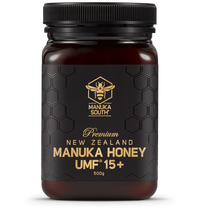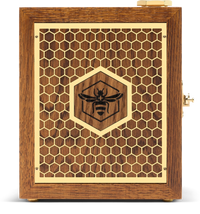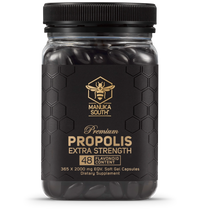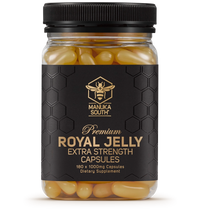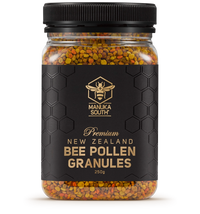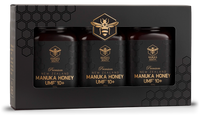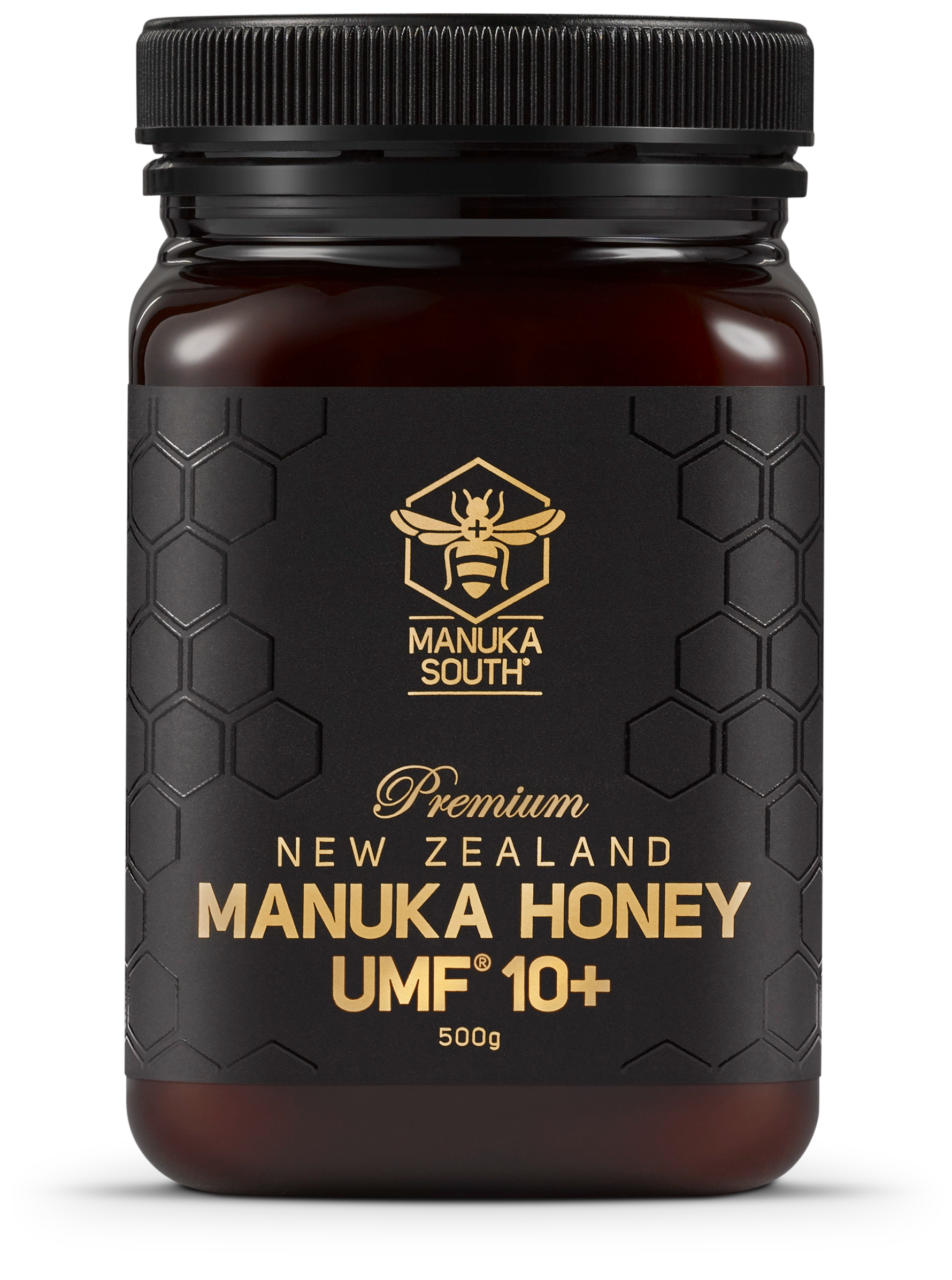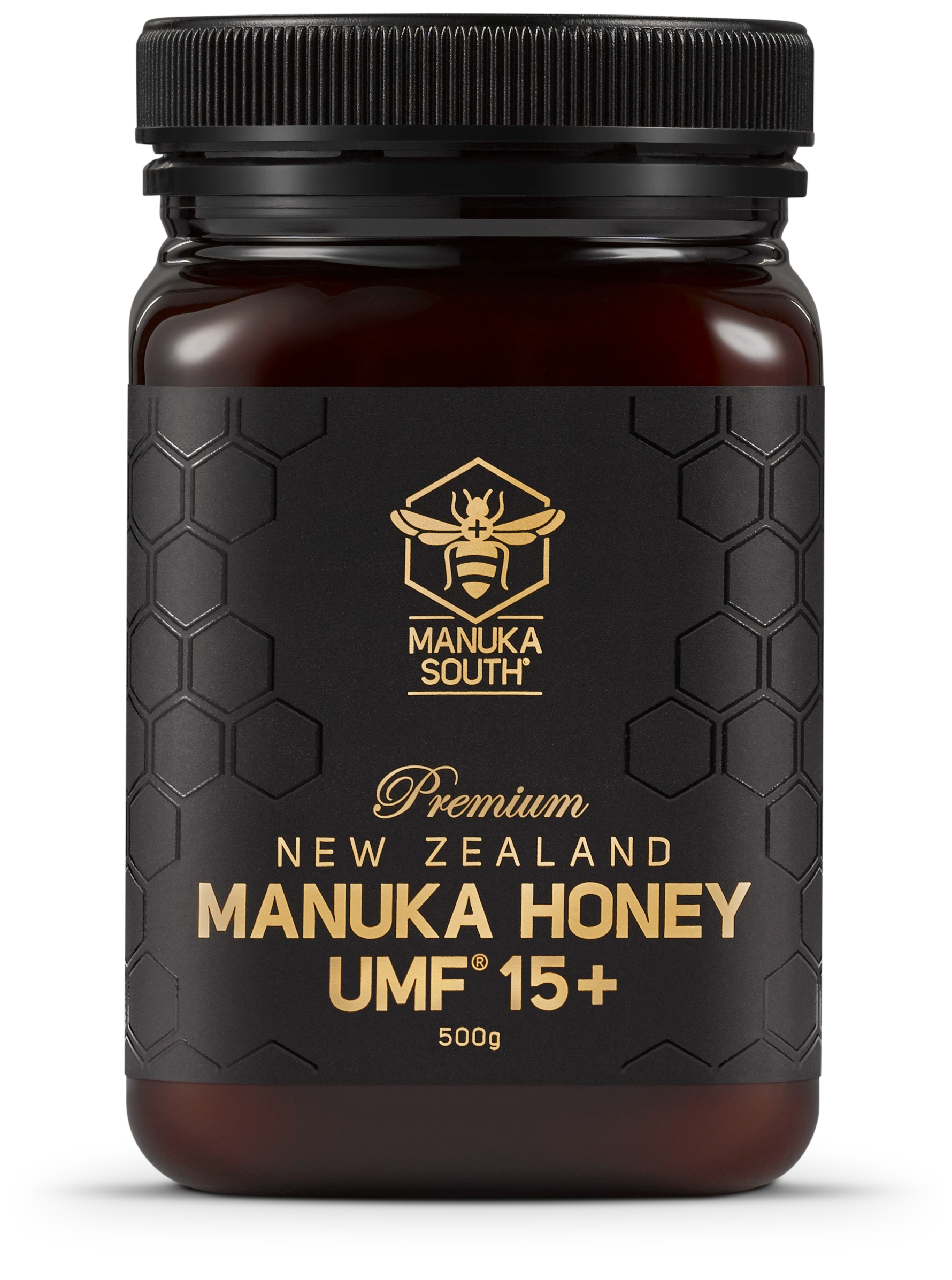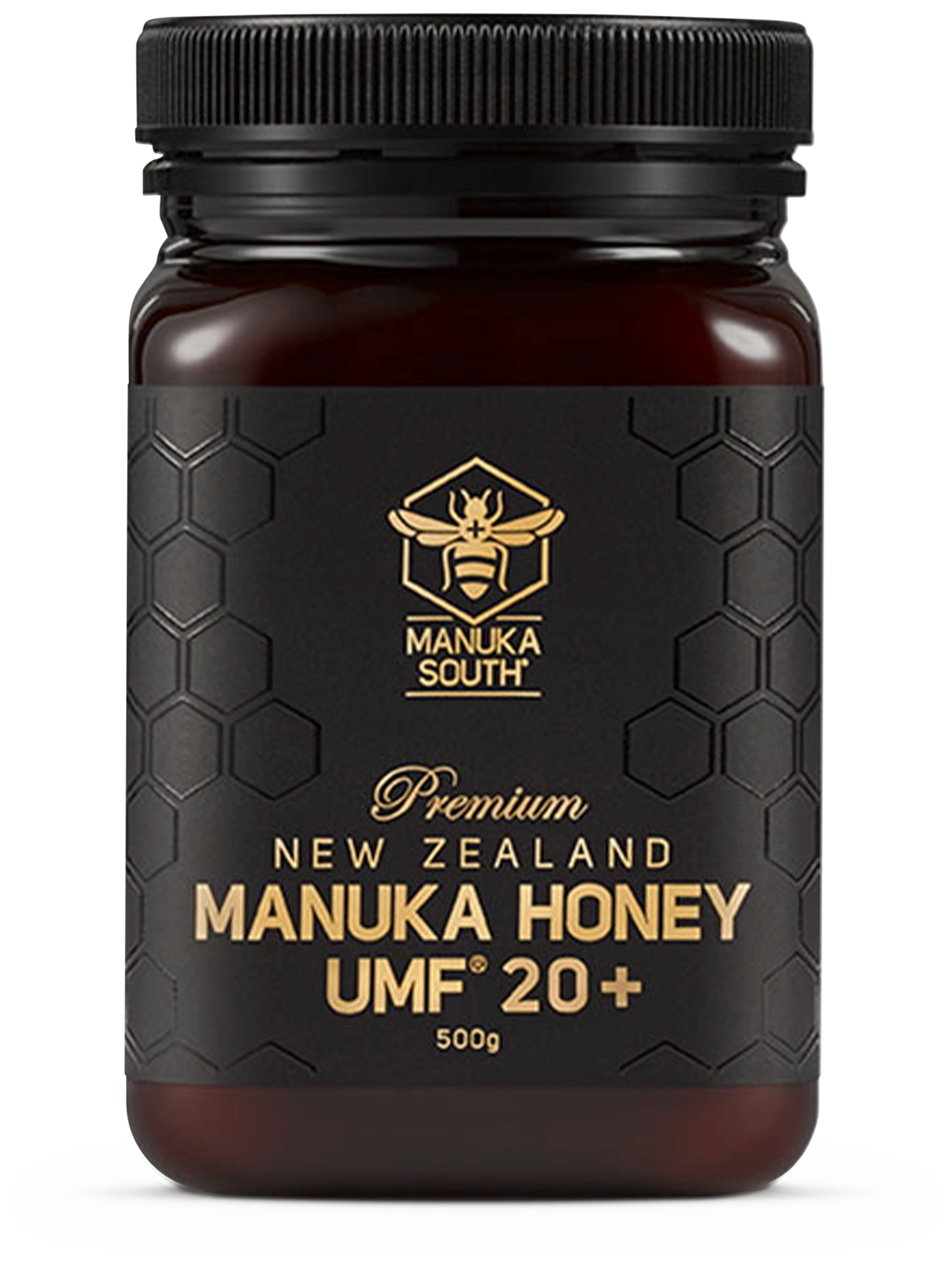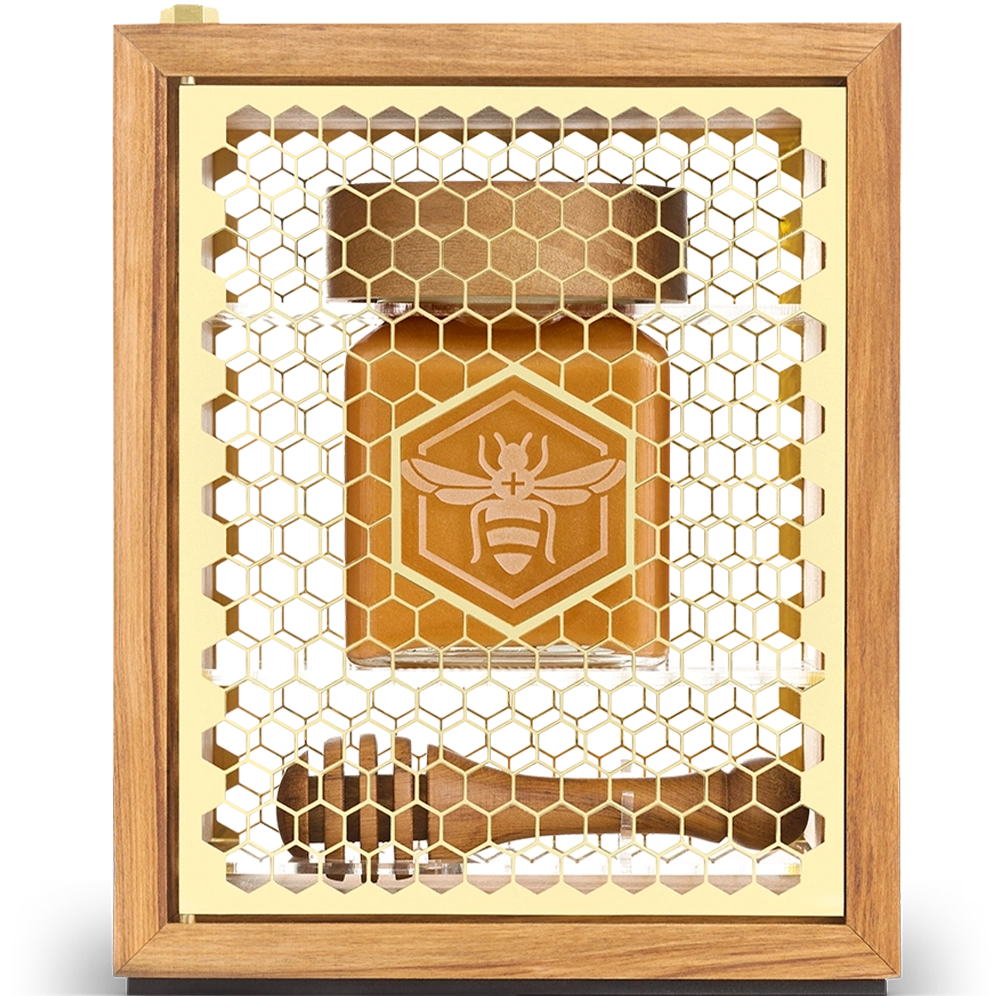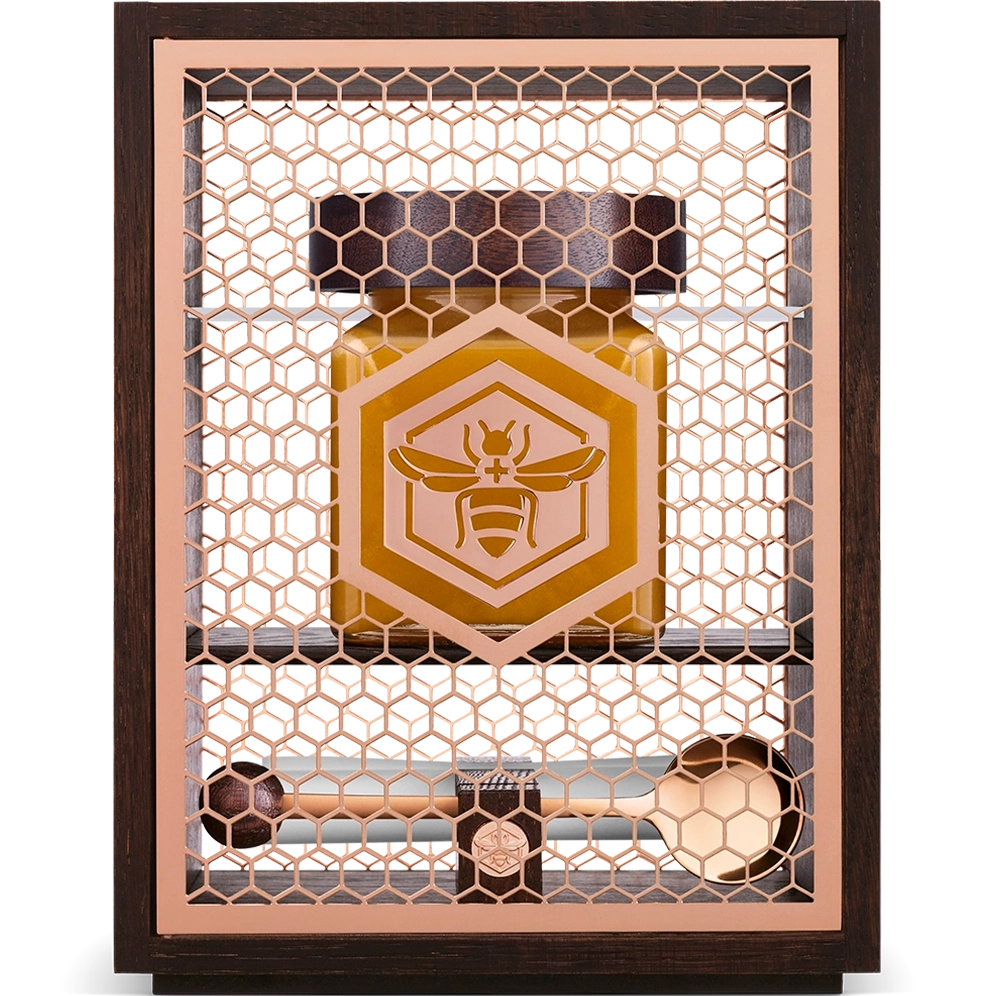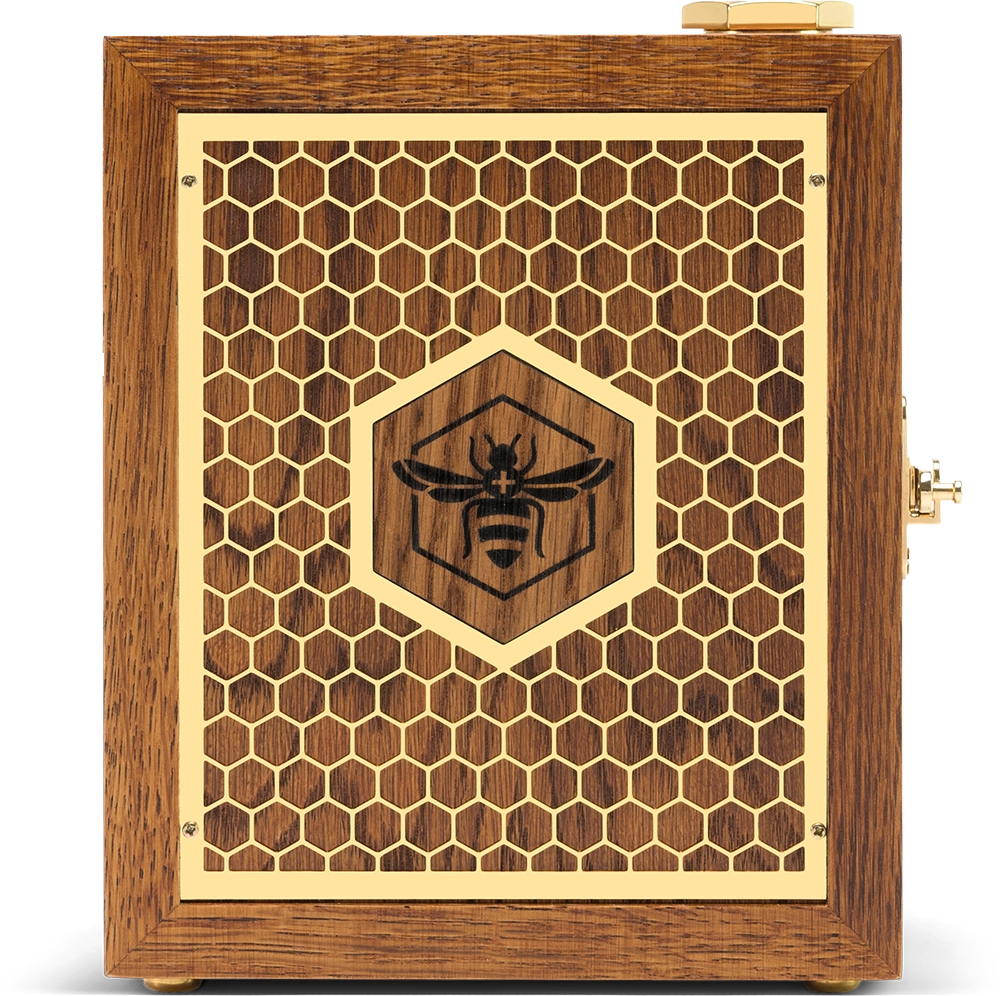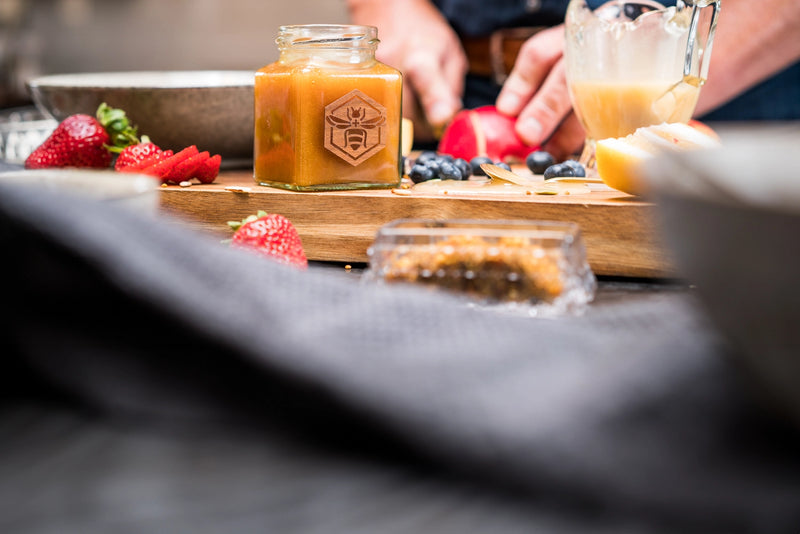

If you've ever found yourself standing in the health food aisle, staring at jars of Manuka honey and wondering what the term "MGO" actually means, you're not alone. MGO, or Methylglyoxal, is a term that often pops up on Manuka honey labels.
It's more than just a fancy acronym; it's a key indicator of the honey's quality, potency, and the unique health benefits it offers.
In this comprehensive guide, we'll unravel the mystery behind MGO in Manuka honey. We'll explore its significance, how it's measured, and why it makes Manuka honey from New Zealand a prized possession for those seeking natural wellness solutions.
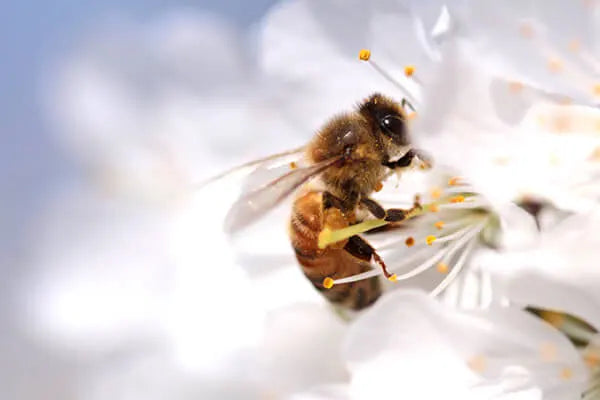

What is MGO?
When it comes to Manuka honey, MGO stands for Methylglyoxal—a naturally occurring compound that sets this type of honey apart from the rest. Originating from the nectar of New Zealand's native Manuka tree, MGO is the powerhouse behind Manuka honey's unique antibacterial properties. But what does this mean for you? Simply put, the higher the MGO level, the more potent and beneficial the honey.
MGO isn't just a random number on the label; it's a scientifically measured gauge of quality. Unlike regular honey, which contains hydrogen peroxide as its main antibacterial component, Manuka honey boasts MGO, which remains stable and potent even when exposed to heat, light, and enzymatic activity. This makes Manuka honey a reliable choice for various applications, from skincare to digestive health.
Understanding MGO levels is crucial when selecting Manuka honey, especially if you're looking for specific health benefits. Whether you're new to the world of Manuka honey or a seasoned aficionado, knowing what MGO is and how it's measured can help you make an informed choice for your wellness journey.
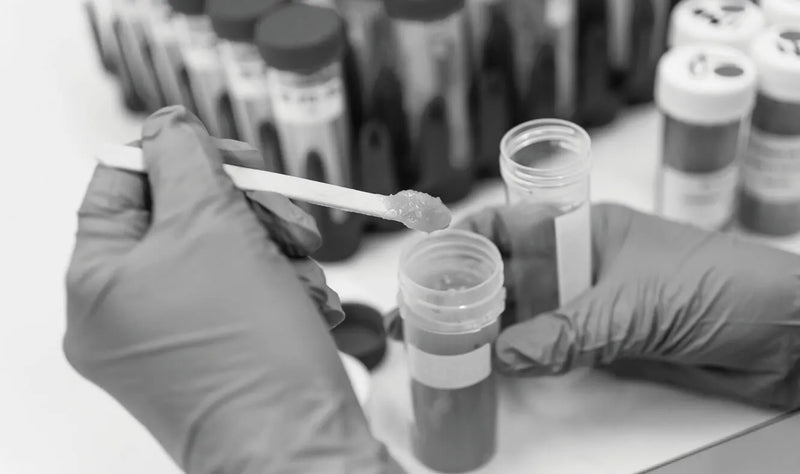

The Science Behind MGO
While the term "MGO" may sound complex, the science behind it is both fascinating and straightforward. MGO levels in Mānuka honey are determined through precise laboratory testing, which quantifies the concentration of Methylglyoxal in each batch. This is crucial because MGO is directly responsible for the honey's antibacterial efficacy.
So, how are MGO levels measured? It's done using High-Performance Liquid Chromatography (HPLC), a method that separates, identifies, and quantifies each component in the honey. The results are then expressed in mg/kg (milligrams per kilogram), providing a clear, standardized way to assess the honey's potency.
Why does this matter? Well, the higher the MGO level, the stronger the antibacterial properties. For instance, Manuka honey with an MGO level of 100 might be suitable for daily consumption, while a level of 400 or above is often recommended for therapeutic use. This scientific approach ensures that you're getting a product that's not only delicious but also potent and beneficial for your health.
Benefits of MGO Manuka Honey
Mānuka honey is more than just a sweet treat; it's a natural elixir packed with a range of health benefits, thanks in large part to its high MGO content. From skincare to digestive health, let's delve into the myriad ways MGO Mānuka honey can enhance your well-being.
- Antibacterial Properties
- Immune System Boost
- Digestive Health
- Skin Care
- Respiratory Health
Limitations of Measuring Manuka Honey by MGO Alone
While MGO (Methylglyoxal) is a significant factor in determining the quality and potency of Mānuka honey, it's not the only measure you should rely on. MGO levels can provide an indication of the honey's antibacterial strength, but they don't account for other vital components like Leptosperin and DHA (Dihydroxyacetone), which are also crucial for authenticating the honey's origin and quality.

MGO occurs in all types of honey, not just Mānuka
MGO in All Types of Honey
Methylglyoxal (MGO) is a naturally occurring compound found in most types of honey. In regular honey, MGO is present but usually at much lower levels. The primary antibacterial component in regular honey is hydrogen peroxide, which is produced by enzymes that bees add to the nectar. However, hydrogen peroxide is not stable and can easily be destroyed by heat, light, and enzymatic activity, making regular honey less reliable for certain therapeutic applications.
Manuka honey, sourced from the nectar of New Zealand's native Manuka tree, contains significantly higher levels of MGO compared to regular honey. This high concentration of MGO gives Manuka honey its unique and stable antibacterial properties. Unlike the hydrogen peroxide in regular honey, MGO in Manuka honey remains stable over time and is not easily affected by external factors like heat and light.
Why UMF Certification Matters
At Manuka South, we go beyond MGO levels by providing UMF (Unique Manuka Factor) certified honey. UMF is a comprehensive and transparent grading system that takes into account various natural markers found in Manuka honey, including MGO. This ensures that you're getting a product that is not only potent but also genuine, traceable, and sourced exclusively from New Zealand.
When you choose our UMF certified Manuka honey, you're choosing a product that has undergone rigorous testing and quality checks. Our range of UMF certified options, from UMF5+ to UMF32+, allows you to select the perfect grade for your wellness needs, knowing that you're getting the best that New Zealand has to offer.
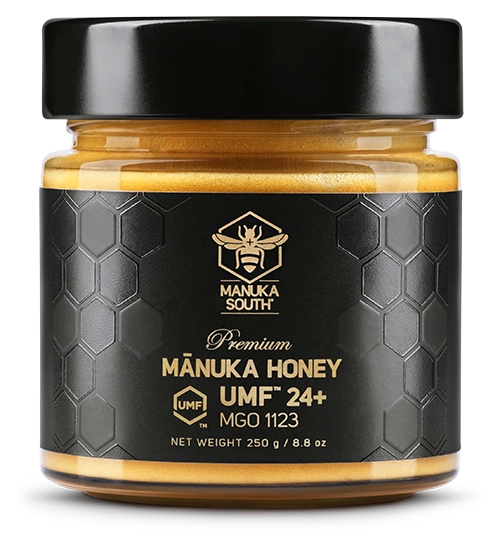
How to Choose the Right Grade
Choosing the right grade of Manuka honey can feel like a daunting task, especially with all the numbers and acronyms on the label. But don't worry, understanding the MGO grading scale can simplify this process and help you make an informed choice tailored to your needs.
| MGO | UMF |
|---|---|
| 83 | 5+ |
| 263 | 10+ |
| 514 | 15+ |
| 829 | 20+ |
| 1122 | 24+ |
| 1282 | 26+ |
| 1450 | 28+ |
| 1804 | 32+ |
Culinary and Basic Wellness
If you're new to Manuka honey or looking for a nutritious sweetener, MGO levels between 30+ to 115+ (UMF 5+) are a great starting point. They're perfect for general well-being and everyday use.
Daily Protection
For those of you who want a bit more from your daily honey intake, MGO levels of 263+ to 400+ (UMF 10+) are ideal. These offer a good balance of wellness benefits without being too intense.
Targeted Health Benefits
If you want more substantial health benefits, consider MGO levels between 514+ (UMF 15+) and 829+ (UMF 20+). These levels are where Manuka honey really starts to show its antibacterial strength.
Maximum Potency
For those dealing with more serious conditions or seeking the highest wellness benefits, high MGO levels like 1122+ (UMF 24+) and above are the way to go. Always consult your doctor for medical use at these levels.
FAQs
We understand that diving into the world of Manuka honey and its MGO grading can bring up a lot of questions. Here, we've gathered some of the most frequently asked questions to help you gain a clearer understanding.
What Does MGO Stand For?
MGO stands for Methylglyoxal, a naturally occurring compound in Manuka honey that gives it its unique antibacterial properties.
How Is MGO Measured?
MGO is measured using High-Performance Liquid Chromatography (HPLC), and the levels are expressed in mg/kg (milligrams per kilogram).
Is Higher MGO Always Better?
Not necessarily. While a higher MGO level indicates stronger antibacterial properties, it's essential to choose a grade that aligns with your specific needs and intended use.
Can I Use Manuka Honey Externally?
Absolutely, Manuka honey is not only edible but also commonly used in skincare products due to its high MGO content.
What's the Shelf Life of Manuka Honey?
Mānuka honey has a long shelf life, often extending up to two years or more, thanks to its stable MGO levels.
By the end of this guide, you should feel confident in your understanding of MGO and its crucial role in the potency and effectiveness of Mānuka honey with its unparalleled antibacterial properties and array of health benefits. Whether you're new to the world of Mānuka honey or seeking to deepen your understanding, we trust that this guide has been enlightening and empowering for you.
This is why, at Manuka South, we're committed to providing you with pure, UMF-certified Mānuka honey that you can trust and rely on. Our rigorous testing and grading processes ensure that you're getting a product that is not only potent but also authentic and traceable back to its New Zealand origins. So, go ahead and make a well-informed choice, knowing that you're choosing a product that meets the highest standards of quality and efficacy. Experience the multitude of benefits that only Manuka South's Mānuka honey can offer.


